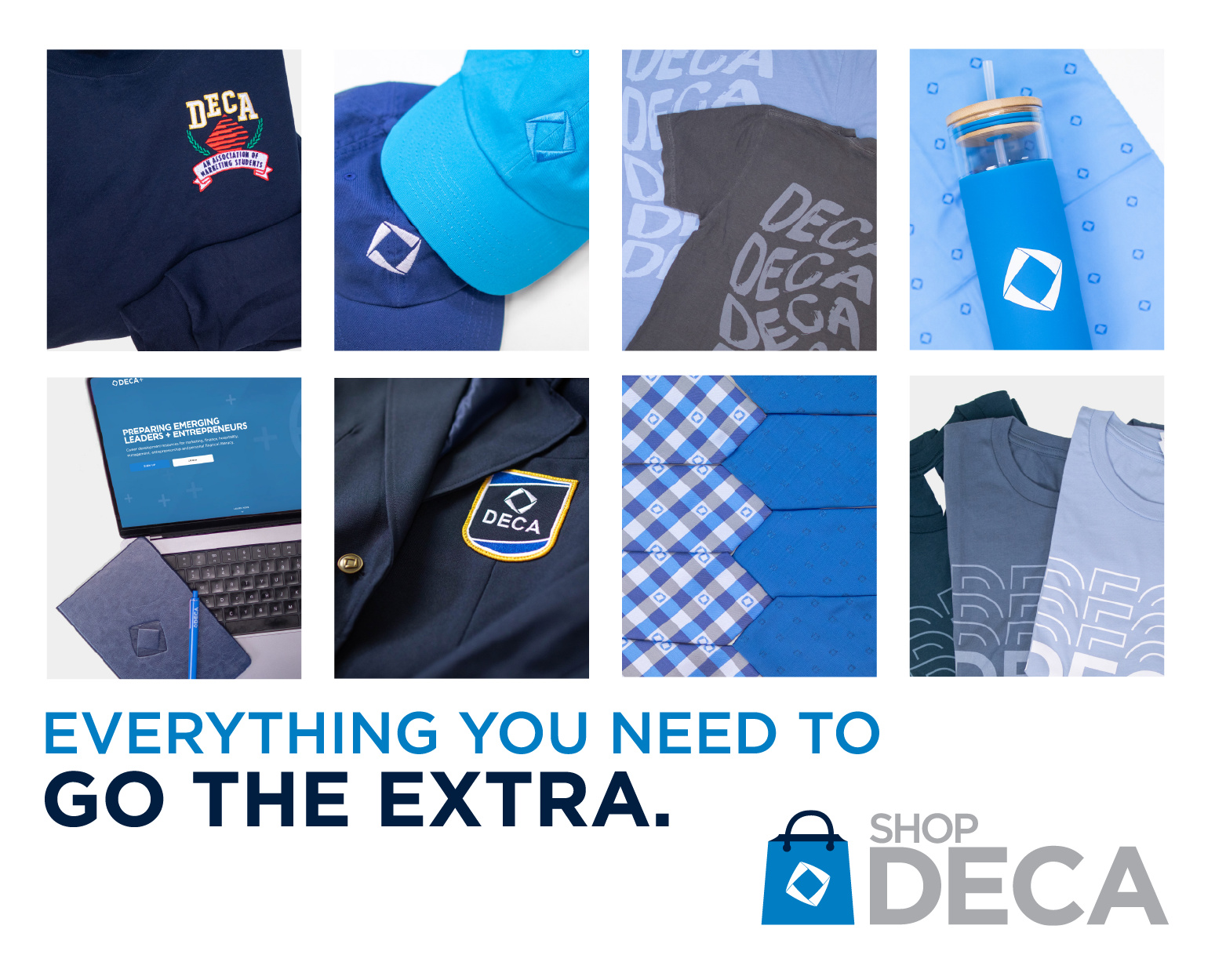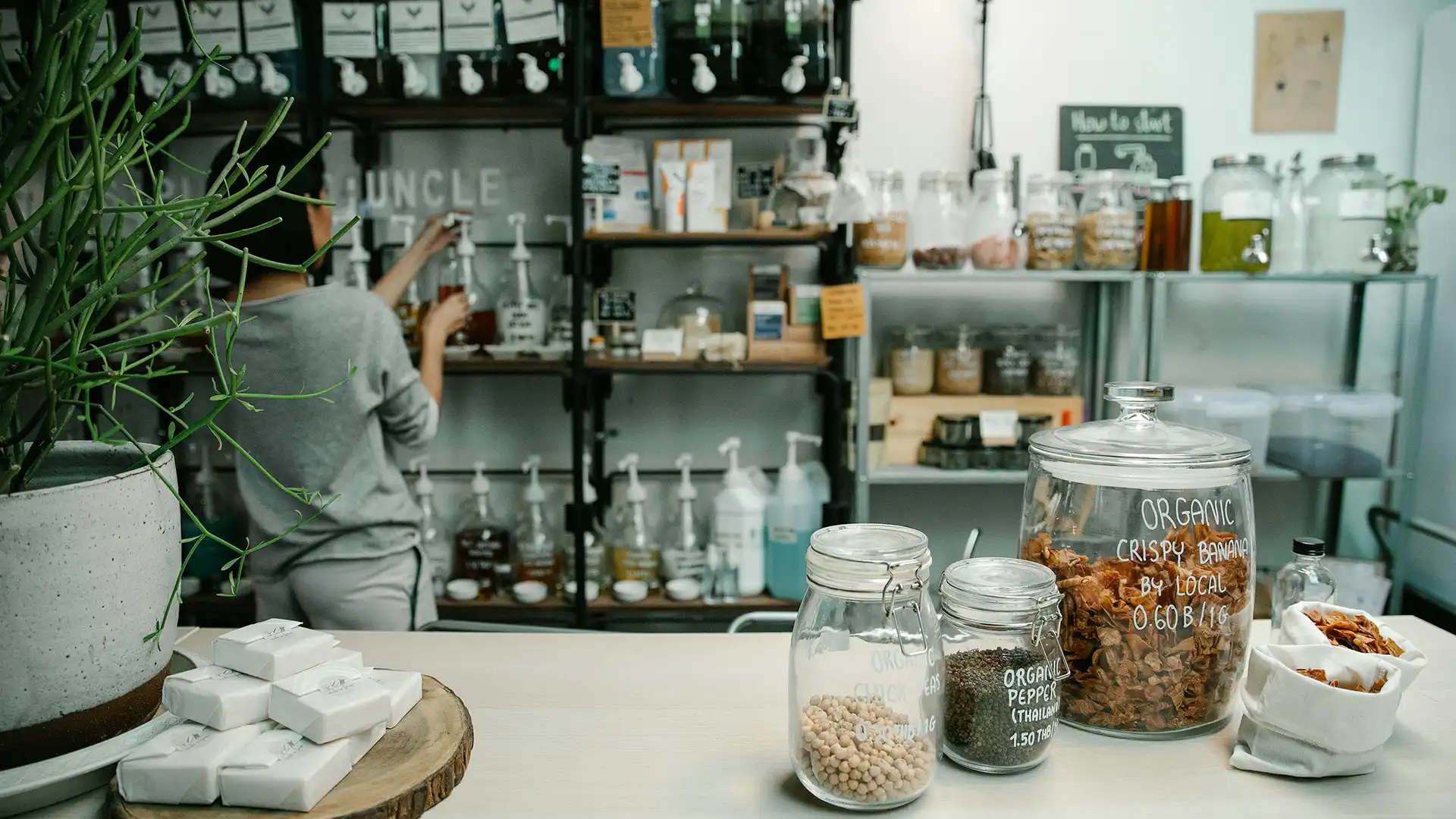By Olivia Thames, @deca_liv_ | Hamilton Sussex, WI
As the weather gets colder and the holiday season approaches, consumers find themselves spending more than ever. Especially in November, with retail sales reaching $724.6 billion in November 2024, a 0.7% increase from October 2024.
But why is November the peak shopping month? Due to a blend of emotional, social and psychological triggers. The strategic moves by retailers nationwide create a heightened emotional state for shoppers, making increased spending not only justified but also rewarding.
Emotional Connection
The holiday season is a globally reaching event, making it one of the most emotionally charged periods. The feelings you had as a kid, the reminders of family and the meaning attached to the season create an undeniable sense of nostalgia that marketers can package and sell to consumers. Joy and a desire for connection generate a mindset that encourages buyers and marketers to be more open to spending.
Air Jordan Santa Chimney Ad - 1985
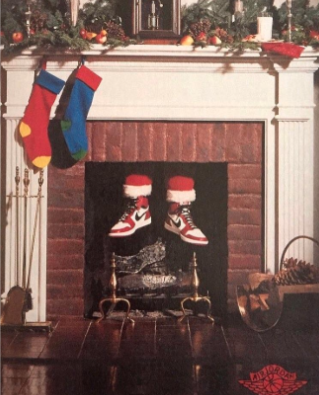
In the first year the Air Jordan 1 was released to consumers, Nike created an ad featuring the now-iconic pair, with Santa Claus wearing the shoes and stuck in the chimney.
This now iconic ad recognizes exactly what makes November spending so difficult for consumers. Nike utilizes recognizable holiday imagery to suggest that the Air Jordan 1s are the perfect purchase to spark nostalgia, joy and magic.
Fear of Missing Out (FOMO)
FOMO can lead to dangerous shopping behaviors, such as impulse buying, overspending and falling for scams, in an attempt to feel a sense of unity during the holiday season. The consistent pressure to find the best deal can quickly lead to significant stress in searching for the perfect gift, while being overwhelmed by ads. Consistent use of limited-time deals, marketed to consumers, creates a greater sense of urgency to buy before prices rise or the sale ends.
Website Countdowns
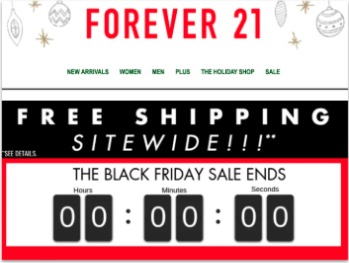
Within E-commerce promotion, flash sale banners and countdowns have been ever-growing on online retailers' homepages. These types of ads capitalize on the limited nature of the sale by visually emphasizing the urgency of the offer and encouraging immediate action to avoid missing out on the deal.
This is usually accompanied by urgent text, such as "Only a few hours left!" "Don't miss out!"
Furthermore, an online store can offer free shipping or other incentives to encourage customers to complete their purchase with bonuses before the expiration time. Each use of urgency increases the consumer’s FOMO, creating unnecessary spending and purchases.
Social Media & Hauls
With the evolution of haul trends on TikTok, where consumers can showcase the products they have purchased and recommend them to viewers, the consumer is led to believe that the product must be worth it. Hauls create a similar bandwagon effect on consumers because they foster a cycle of impulse buying and overconsumption, often driven by the words of influencers.
Stanleys
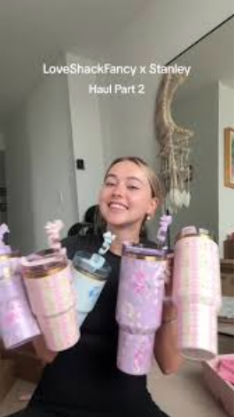
The Stanley Quencher repeatedly sold out and dominated TikTok hauls last November and following the holiday season. While we may not think about Stanley's as much today, hauls built the foundations for their revenue to skyrocket from $73 million in 2019 to over $750 million by the end of 2023.
Additionally, with hauls being most used by women aged 25-45, Stanley was able to shift from their previous male-dominated, blue-collar brand. Hauls allowed shoppers to justify the everyday lifestyle accessory, while Stanley was able to change to a more profitable market effectively.



